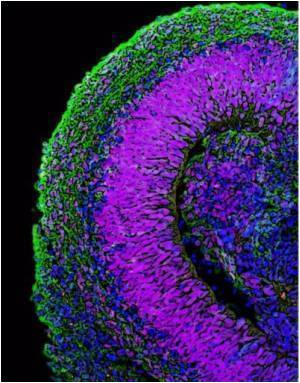There is a question now regarding the readiness of stem cells' ability to treat diseases.

Scientists at Children's Memorial Research Center at Northwestern University Feinberg School of Medicine investigated the expression of key members of the Nodal embryonic signaling pathway, critical to maintaining pluripotency, in hiPSC and hESC cell lines. Nodal is an important morphogen – a soluble molecule that can regulate cell fate – in embryological systems that requires tight regulatory control of its biological function.
The group's results demonstrated slightly lower levels of Nodal and Cripto-1 (Nodal's co-receptor) and a dramatic decrease in Lefty (Nodal's inhibitory regulator) in hiPSCs compared with hESCs, suggesting less regulatory control of cell fate in reprogrammed stem cells. Based on these findings, additional work addressed the implications associated with the epigenetic reprogramming of hiPSCs and examined a global comparative analysis of 365 microRNAs (miRs) in hiPSC vs. hESC lines.
The data revealed 10 highly expressed miRs in hiPSCs with greater than 10-fold difference, which have been shown to be cancer related. Collectively, these data demonstrate cancer hallmarks expressed by hiPSCs, which will require further elucidation for their impact on clinical applications, especially with respect to the fate of precancerous stem cells.
Source-Eurekalert











